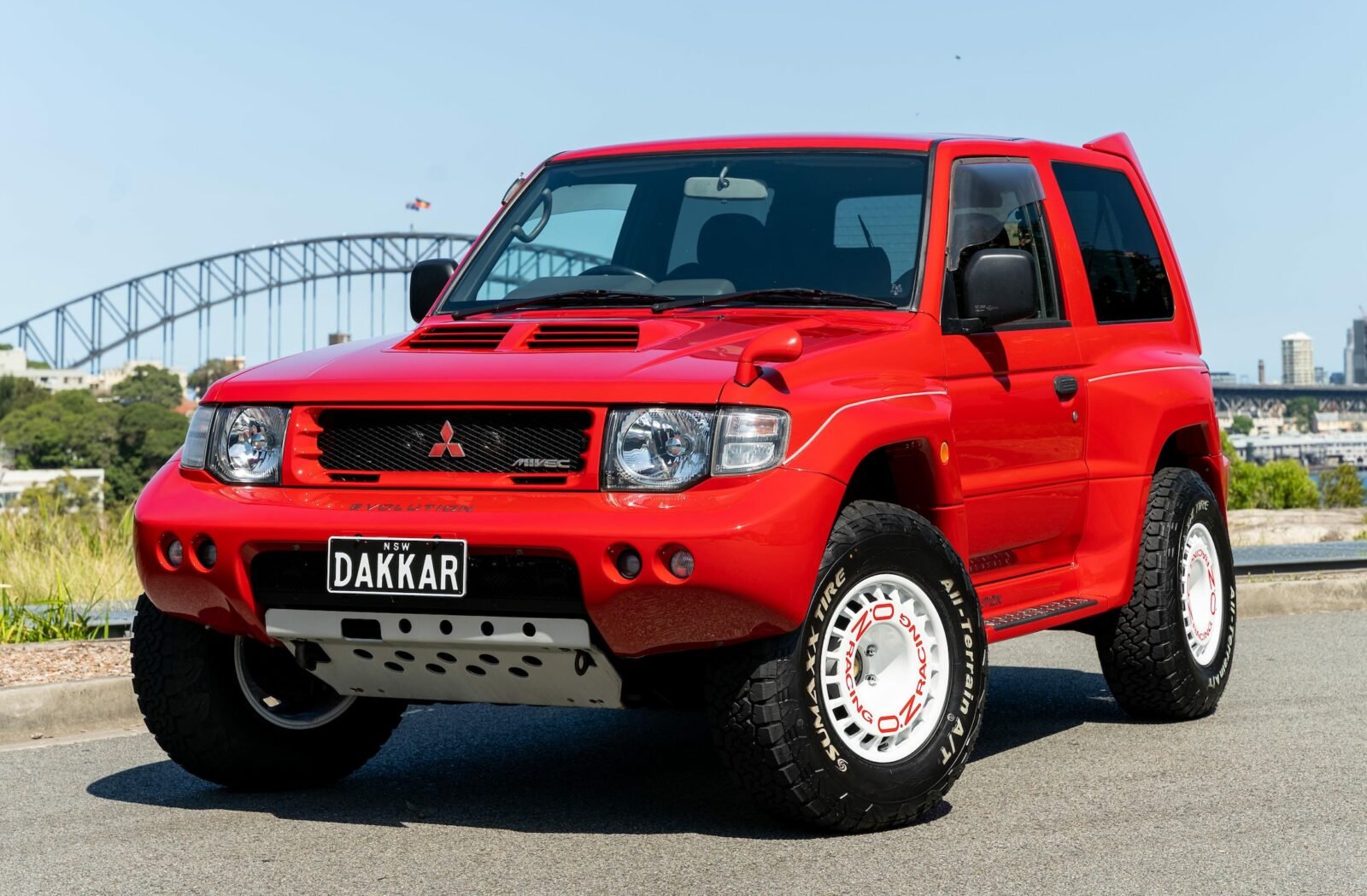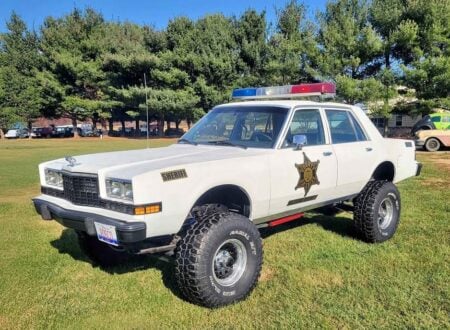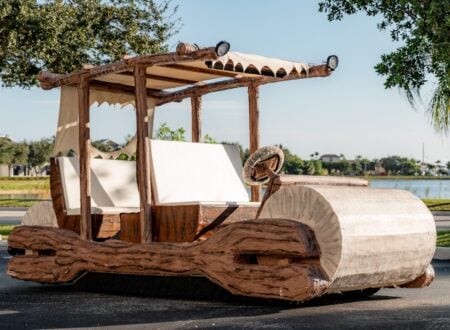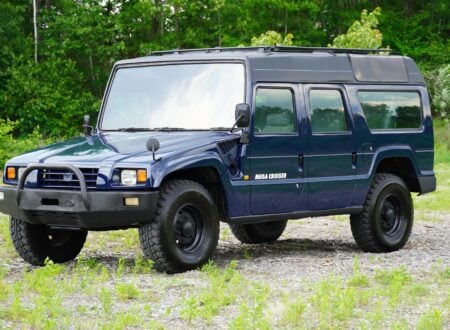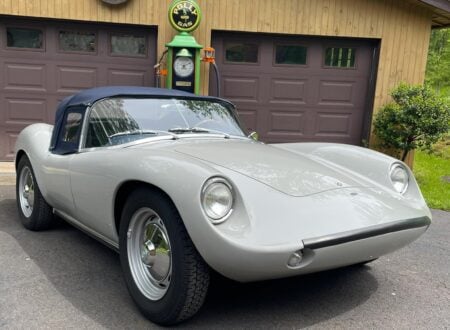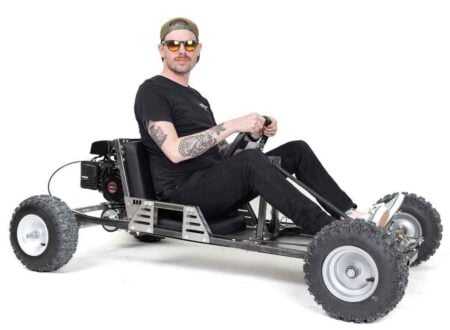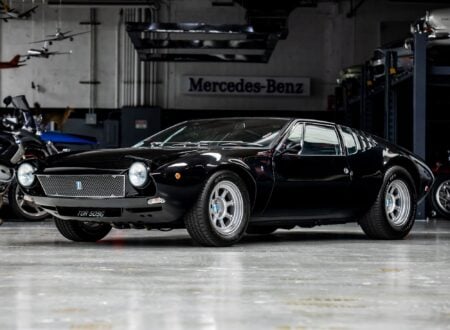The Mitsubishi Pajero Evolution was developed to homologate the model for the Paris Dakar Rally’s production-based T2 class. It’s one of the fastest and most outlandish production 4x4s of its era, and just 2,500 road-legal examples were made.
The Pajero Evolution was based on the second generation Pajero, it had significantly upgraded suspension, brakes, and an all-new bodykit. The engine was a modified 3.5 liter 24 valve DOHC V6 producing 275 bhp at 6,500 rpm.
Fast Facts – The Mitsubishi Pajero Evolution
- The Mitsubishi Pajero Evolution was released in 1997 and sold until 1999, just 2,500 road-going versions were made for homologation purposes. Some claim the number is slightly higher at 2,693.
- By the time of the release of the Mitsubishi Pajero Evolution, Mitsubishi already had a long and proud history of Paris-Dakar and rally raid participation, with a number of wins under their belt.
- The Mitsubishi Pajero Evolution is powered by a 3.5 liter 24 valve DOHC V6 6G74 engine with MIVEC (Mitsubishi Innovative Valve timing Electronic Control system) and a dual plenum variable intake.
- This engine produces 275 bhp at 6,500 rpm, most are paired with a 5-speed automatic transmission, however some cars did get a 5-speed manual.
Mitsubishi And The Mighty Paris Dakar Rally
The Paris Dakar Rally was first run in 1979 with competitors racing from Paris, France to Dakar, Senegal – hence the name of the event. The race was founded by legendary French off-road racer Thierry Sabine who had become lost in the desert while competing in the 1975 Cote-Cote Abidjan-Nice Rally – he realized it would be a perfect place for a rally raid event.
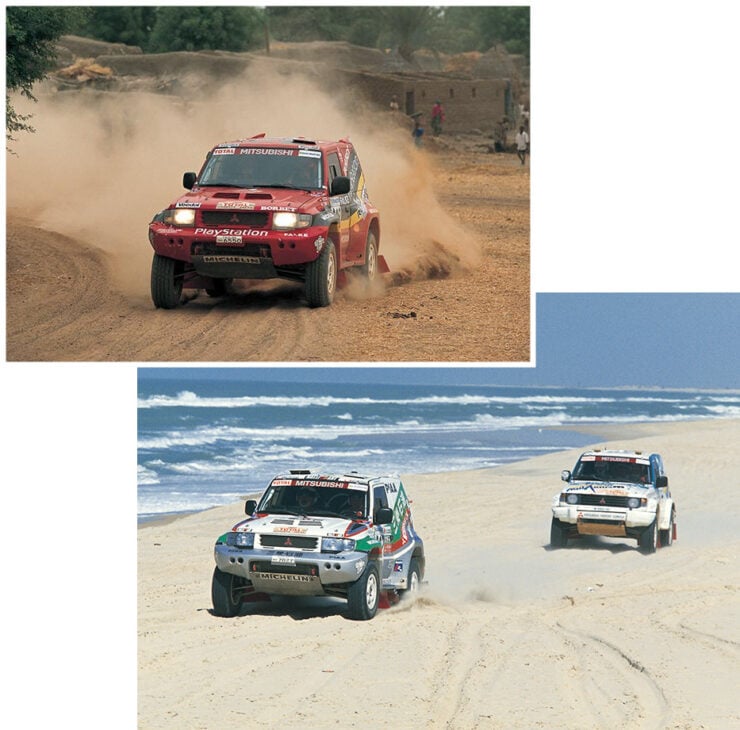

In the first Paris Dakar Rally 182 vehicles departed from Paris but just 74 of them survived the two week, 10,000 kilometer journey across the Sahara and North Africa. The popularity of the race skyrocketed, in 1980 there were 216 entrants, then 291 in 1982, and 382 by 1982.
In 1983 Mitsubishi entered the rally for the first time, seeing it as a perfect platform to showcase the Mitsubishi Pajero model that had been release a year before to compete with the ever popular Toyota Land Cruiser.
In order to give the new Pajero model a reputation boost a modified version was entered into the Paris Dakar Rally and it defied expectations by winning the non-modified production car class.
The company repeated the feat the next year by winning the class again, over the next two plus decades the Japanese automaker took 12 wins in the Paris Dakar Rally, with 150 stage wins – and they earned the Guinness World Record for “Most Dakar Rally Wins by A Manufacturer.”
The Mitsubishi Pajero Evolution
The long history of Mitsubishi and the Paris Dakar Rally meant that in the mid-1990s when it was time to develop the next competition car the pressure was on. It needed to be based on a current production car for homologation purposes, and a road-legal version needed to be offered for sale to the general public.
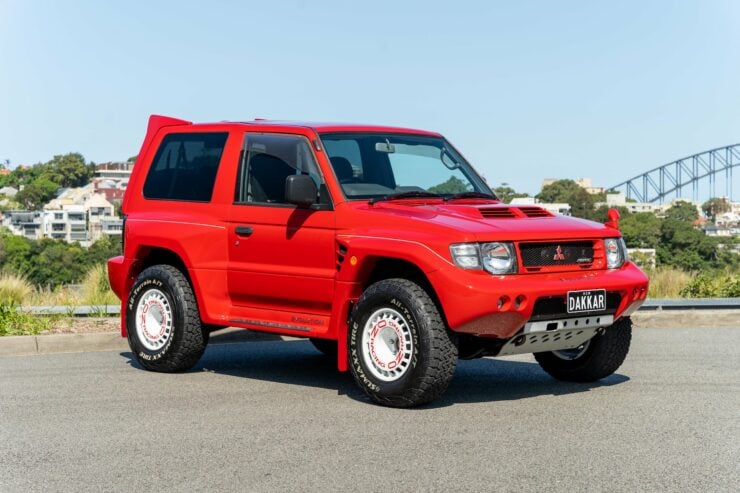

Known as the Mitsubishi Pajero Evolution for obvious reasons, the new vehicle was based on the unibody shell of the second generation Pajero – however it was vastly modified, with new suspension, a wide body kit, skid plates, large mud flaps, with power provided by a 275 bhp 3.5 liter 24 valve DOHC V6 6G74 engine with MIVEC and a dual plenum variable intake.
For those unfamiliar with the acronym, MIVEC stands for “Mitsubishi Innovative Valve-Timing Electronic Control” it’s a variable valve timing system that allows different timing for the intake and exhaust valves depending on load, engine speed, and driving conditions.
Inside the vehicle you’ll find Recaro seats with larger bolsters than the standard Mitsubishi seats designed to keep the driver and front passenger in place even when enthusiastic off-road driving is undertaken.
Other than the seats the interior looks very similar to the standard second generation Pajero, largely due to the fact that this was a low-volume homologation model and so interior parts were kept close to stock to keep costs in check.
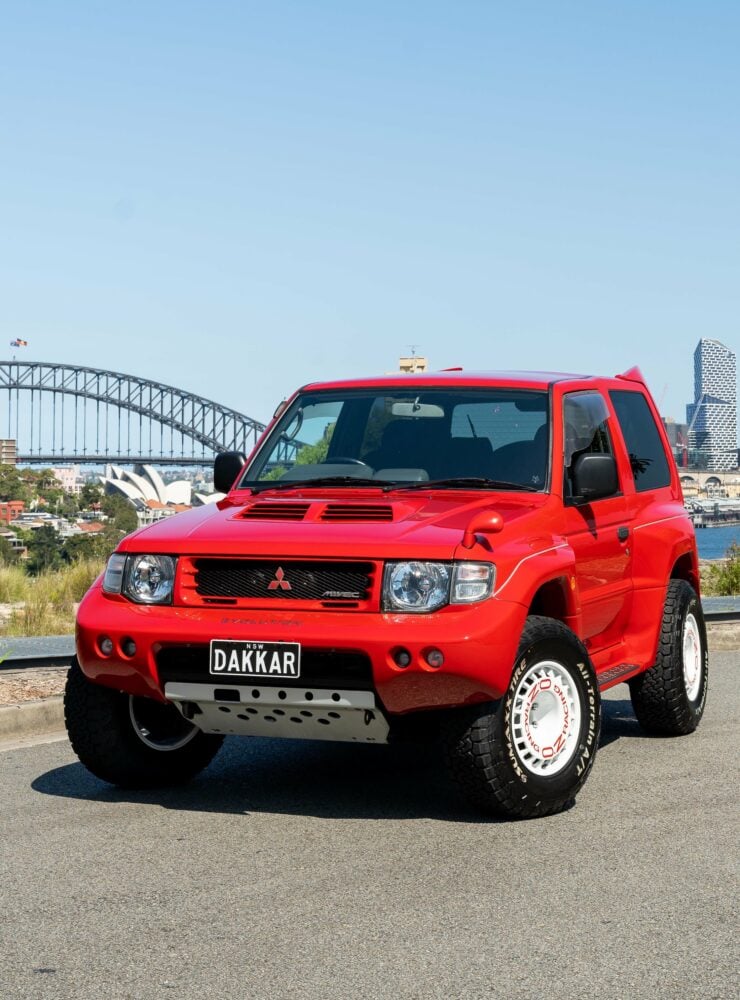

Mitsubishi built 2,500 examples of the V55W between 1997 and 1999 for homologation purposes. Most were fitted with the 5-speed automatic transmission (with a dual range transfer case) however some received a 5-speed manual – most other specifications remained largely unchanged over the production run.
The Pajero Evolution model series would become the most successful production-based Dakar rally vehicles ever made – taking 12 victories from 1985 to 2007, even managing a historic 1-2-3 finish in 1998 which cemented its reputation as King of the Desert.
Today the Pajero Evolution V55W is increasingly seen as a modern classic and their values have been slowly rising – though one issue many potential buyers face is managing to find one for sale. The values do vary from region to region however the model seems to still be hovering under the radar of most, and they can be bought for reasonable money considering their rarity and race heritage.
The 1997 Mitsubishi Pajero Evolution Shown Here
The 1997 Mitsubishi Pajero Evolution you see here is finished in the less common color of Passion Red over a black cloth-trimmed interior with patterned seat inserts accompanied by carbon-fibre trim inserts.
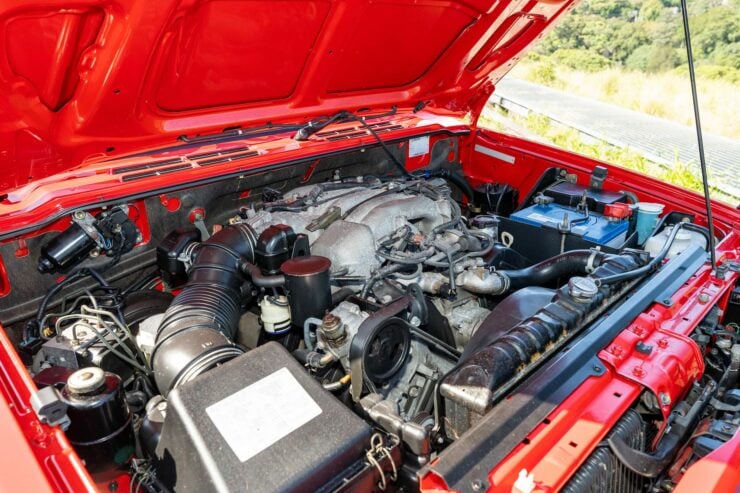

This vehicle was originally sold new in Japan, it’s since been imported into Australia and it now has a total of 122,824 kms on the odometer. The car has been fitted with white 16 inch OZ Racing wheels, which certainly look the part, these wheels are wrapped with Sumaxx Tire All-Terrain T/A tires.
A number of modern conveniences were factory installed including automatic climate control, a digital clock, a heated rear windscreen, fold-down rear armrests, a dual front cup holder, and electric windows.
The original owner’s manuals will be included, along with a spare set of floor mats, and the team at Motorsports Mechanical in Sydney, Australia recently replaced the spark plugs, belts, and filters as part of a full service.
The vehicle is now being offered for sale on Collecting Cars and you can visit the listing here if you’d like to read more or register to bid.
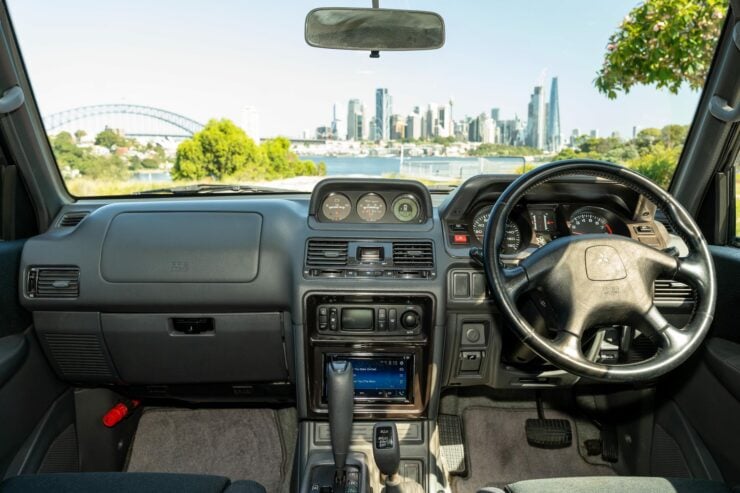
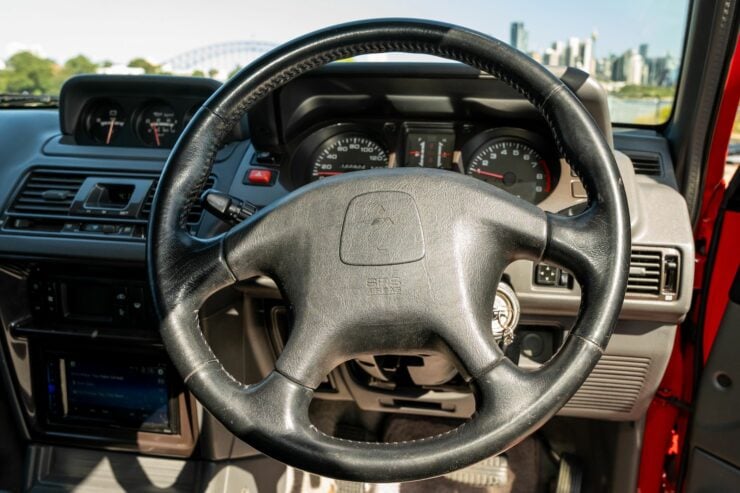
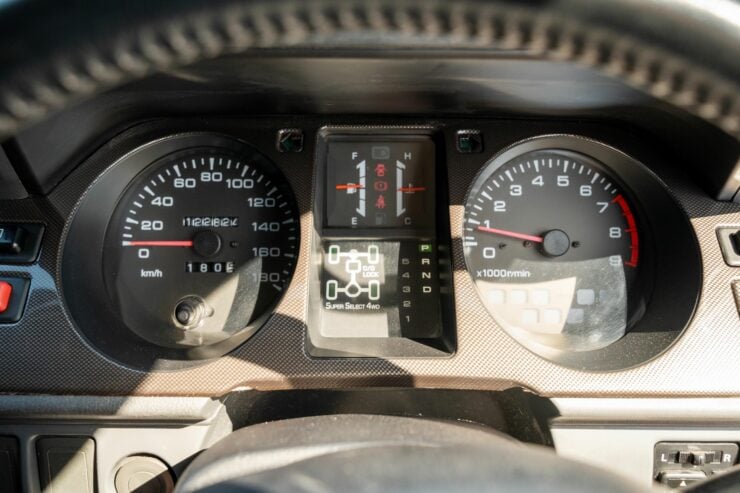
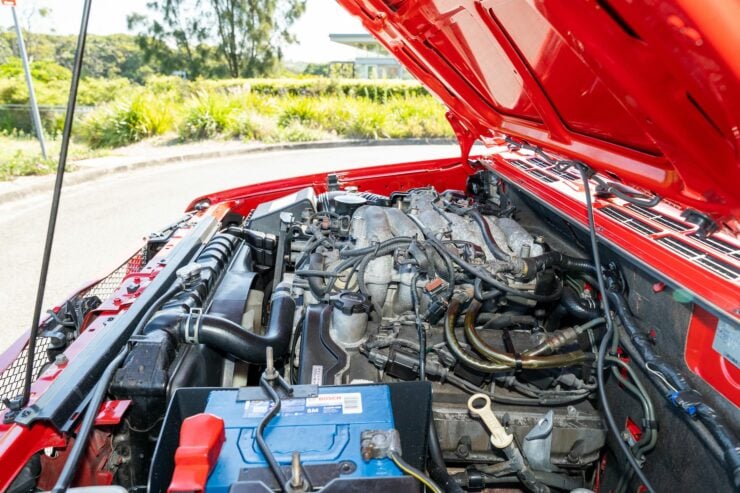
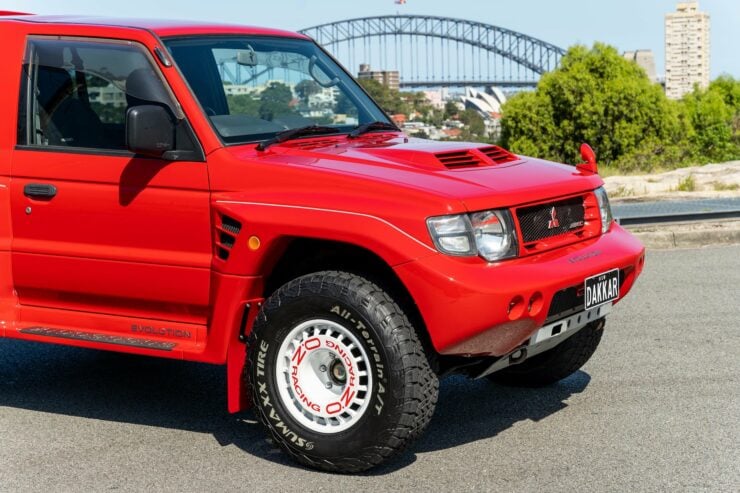

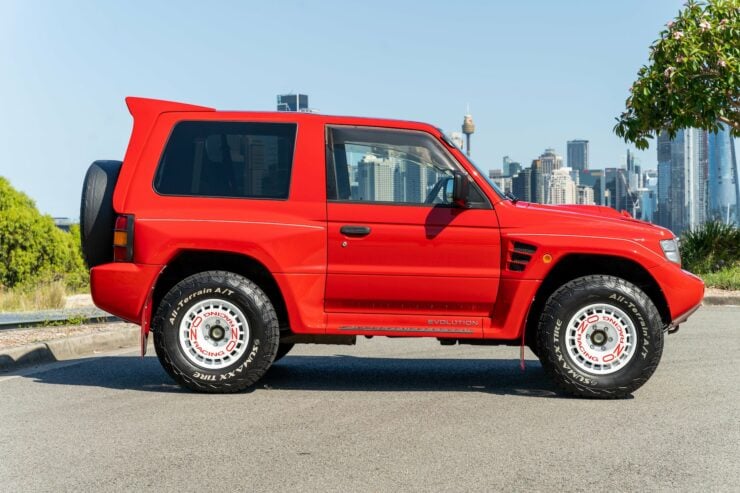
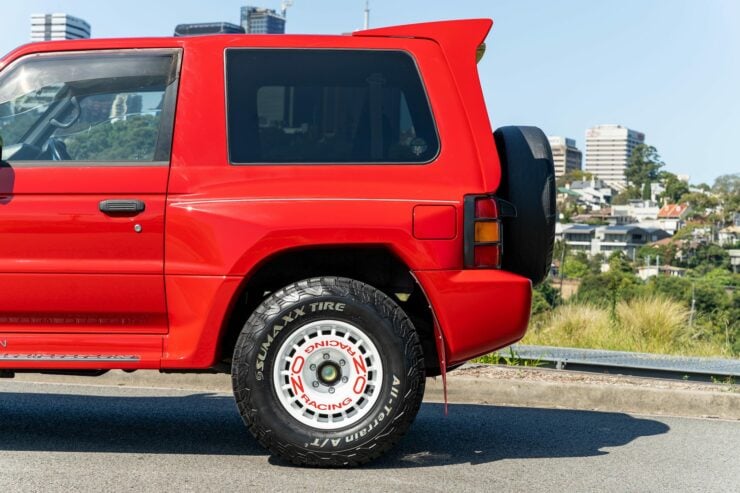
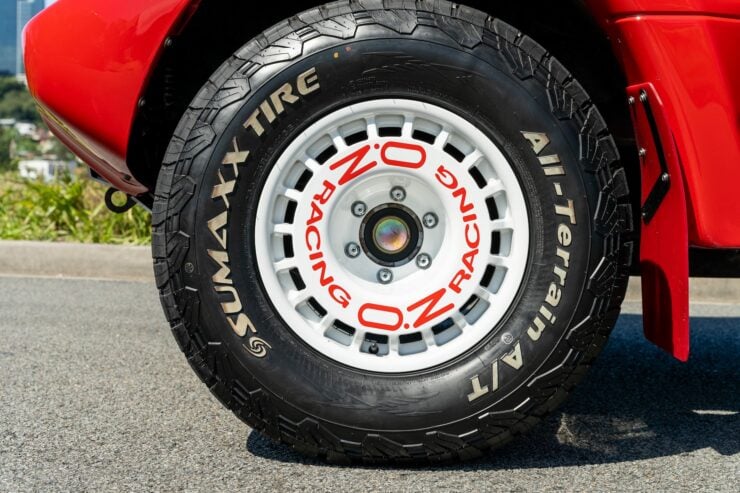
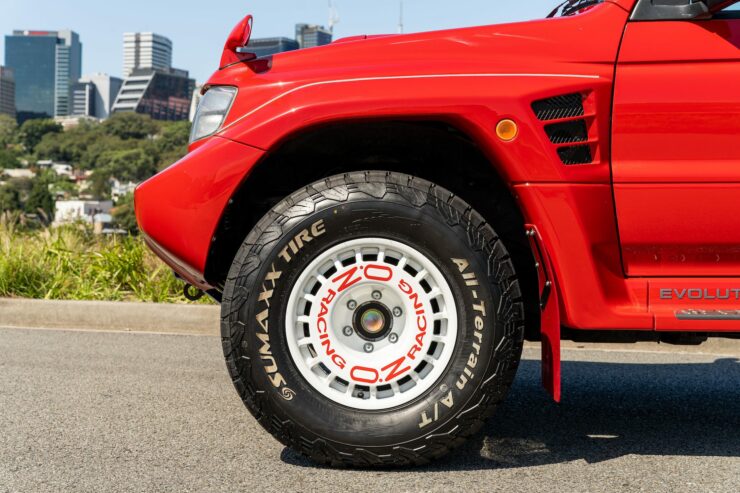
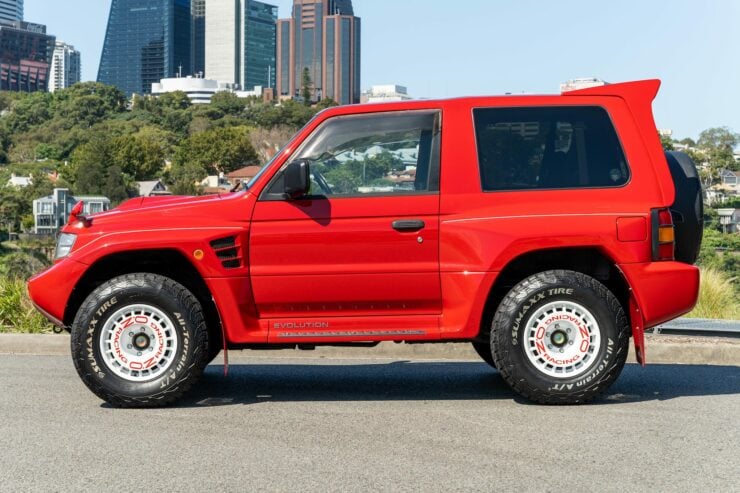
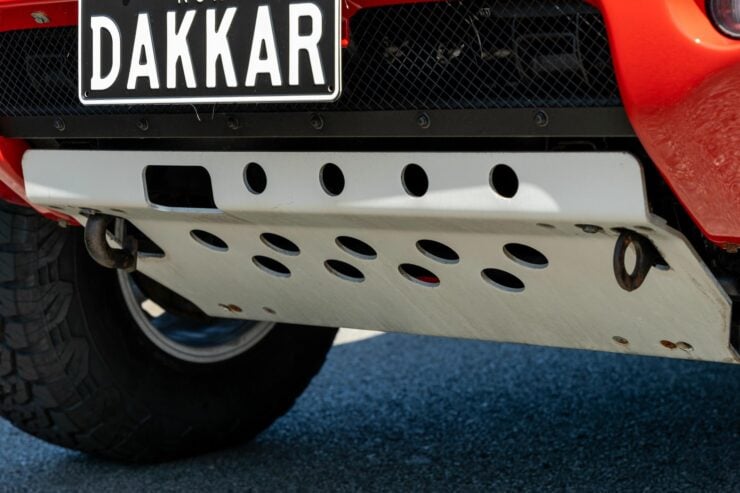
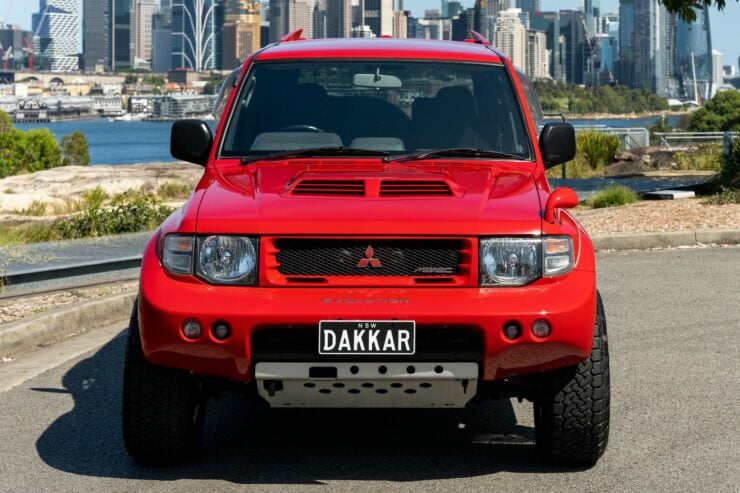
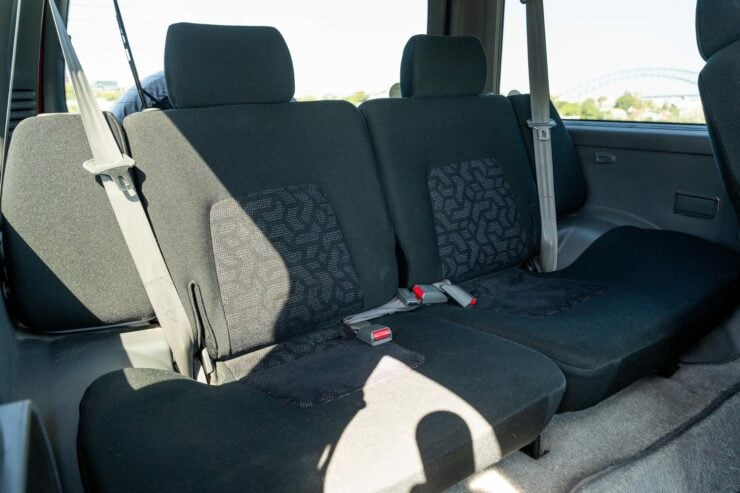
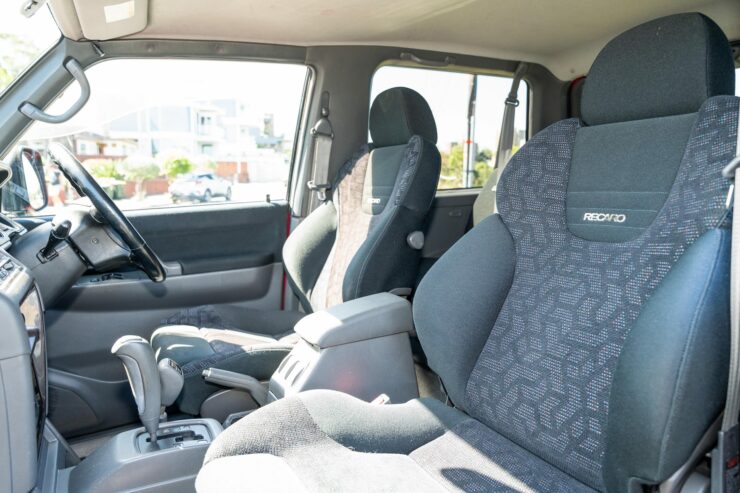
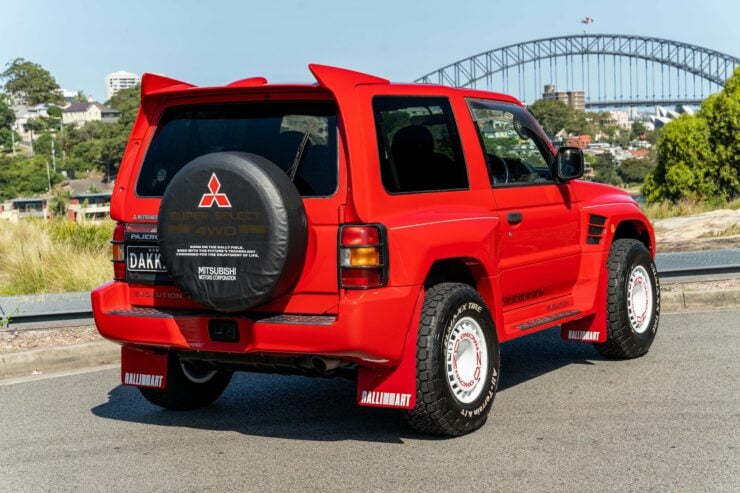
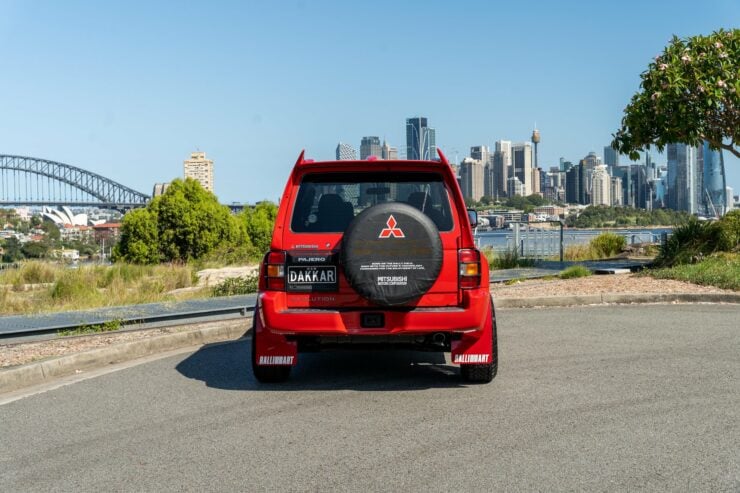
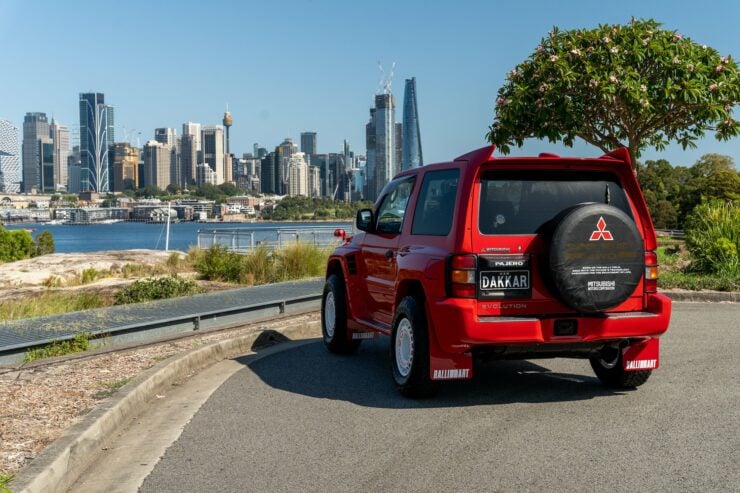


Images courtesy of Collecting Cars

